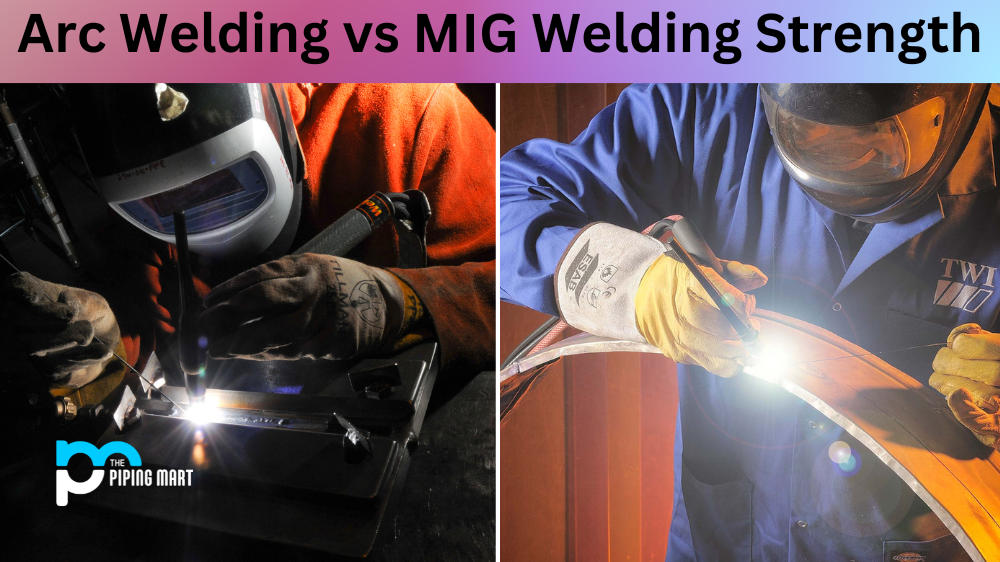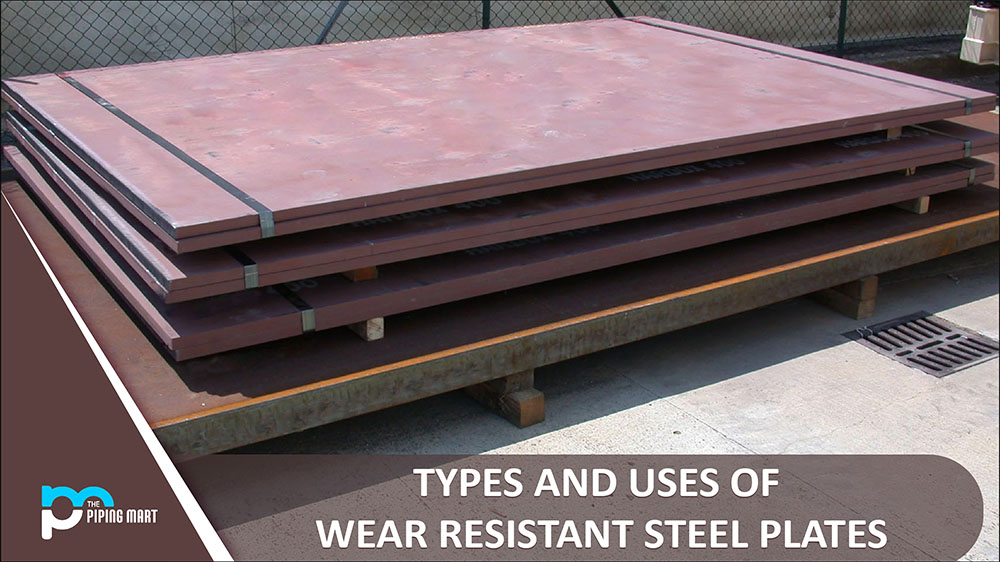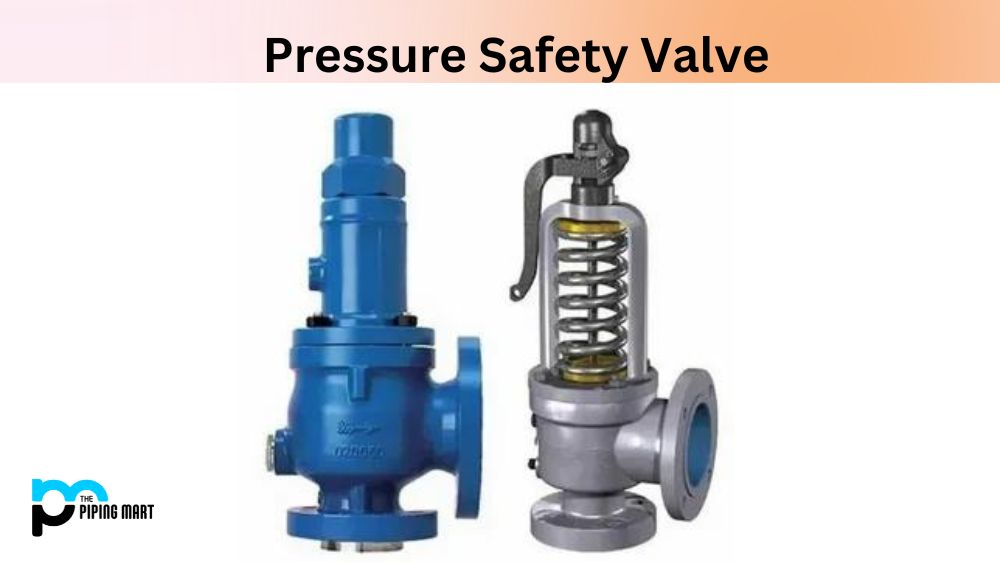Arc welding and MIG welding are two popular types of welding methods used by both professional welders and home DIYers. Each method has its own advantages, but when it comes to strength, how do they compare? Let’s take a closer look at the differences between arc welding and MIG welding so that you can decide which type is right for your project.
Arc Welding Strength
Arc welding is considered one of the strongest types of welding. The process utilizes a consumable electrode that contains metals such as nickel, copper, and aluminum. These electrodes have strong adhesion properties that allow them to create strong bonds with metal surfaces. This makes arc welding ideal for projects that require heavy-duty strength, such as bridges or large construction projects. However, it does require more skill than other forms of welding since the electrode must be constantly manipulated in order to maintain an even heat distribution throughout the welded joint.
MIG Welding Strength
MIG (Metal Inert Gas) welding is a form of arc welding in which a spool gun feeds wire into the weld puddle while an electric current maintains an even temperature throughout the joint. This prevents excess heat from being applied to one area, thus reducing warping or distorting of the metal surface. The wire used in MIG welding also has strong adhesion properties which make it ideal for projects that require strong welds like automotive panels or frames. It also requires less skill than arc welding since there is no need to manually manipulate an electrode during the process. Additionally, MIG welds tend to be neater and cleaner looking than those done with other forms of arc welding due to the consistent heat application throughout the joint.
Difference Between Arc Welding and MIG Welding Strength
Cost
Another difference between MIG and arc welding is the cost of the equipment required to do each type of welding. MIG welders typically cost more than arc welders because they require a power source, gas tank, and wire feeder. Additionally, MIG welders often come with features that make them easier to use, such as an adjustable speed control and an automatic shut-off feature.
Ease of Use
MIG welding is generally considered to be easier to learn than arc welding because it is more forgiving of mistakes. Additionally, MIG welders typically have features that make them easier to use, such as an adjustable speed control and an automatic shut-off feature. Arc welders, on the other hand, do not typically have these features and can be more difficult to use as a result.
Applications
MIG and arc welding are both used in a variety of applications. Some common applications for MIG welding include automotive work, home repairs, and fabricating metals sheets. Some common applications for arc welding include pipelines, shipbuilding, and heavy construction work
Conclusion:
When it comes to strength, both arc and MIG welds are capable of producing strong bonds between metal surfaces; however, each method has its own advantages depending on your particular project requirements. For heavy-duty construction projects or repairs requiring high levels of bond strength, arc welding may be your best option; whereas if you need neat-looking results without too much post-weld cleanup then MIG might be preferable. Ultimately, it’s up to you to choose which type is right for your project based on your skillset and specific needs. Whichever route you take though, rest assured that both methods offer results that are just as strong as one another!

A passionate metal industry expert and blogger. With over 5 years of experience in the field, Palak brings a wealth of knowledge and insight to her writing. Whether discussing the latest trends in the metal industry or sharing tips, she is dedicated to helping others succeed in the metal industry.




